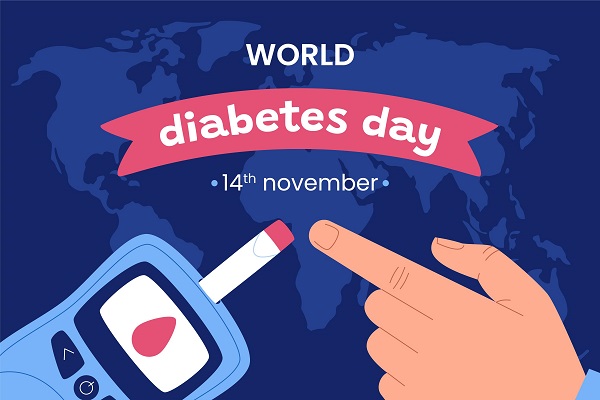You may have seen a few people taking blood thinner medicines. Have you wondered why? Yes, it’s true blood thinners are usually given after heart disease or if they are at risk of developing them. While some people are advised to take blood thinners only for a while, others are prescribed to take it for years.
Nevertheless, blood thinners, also known as anticoagulants, are medications that prevent blood clots from forming or growing larger. They are essential for people at risk of stroke, heart attack, or deep vein thrombosis (DVT). However, like any medication, blood thinners come with potential risks and side effects. This blog will discuss how blood thinners work, the risks and what you can do to take it safely without any risks.
First things first, let’s understand how blood thinners work
Blood thinners work by interfering with the clotting process. They prevent blood platelets from sticking together. You must understand that there exist some proteins that the body activates, which can make the platelets stick together to form clumps of blood cells, called clots. Clots in the blood vessels prevent the blood from reaching vital organs. Blood carries essential components to the rest of the organs in the body. Organs cannot survive without these nutrients and blood. A lack of supply disrupted by clots can cause strokes and heart attacks.
Picture clots as small chunks of stones in a waterpipe, they obstruct the supply of water to the houses in a locality, creating a scarcity of water. Bloot cots are dangerous in a similar way. This is where blood clots come in to prevent clotting. Even though blood thinners can’t break up existing clots, they can prevent them from growing larger. Hence, preventing several serious conditions caused by blood clotting, like strokes, heart attacks and pulmonary embolism.
People who might take blood thinners include those who are very likely to form clots.
How are blood clots formed?
Blood clots are not always a bad thing, sometimes they’re your body’s action plan to prevent further damage. Clots can help stop bleeding from damaged blood vessels and promote healing. Clots may develop in response to an injury or the trauma your body experiences during certain medical procedures. They may also form because of damage to arteries.
Clots prevent excessive bleeding in case of external injuries. You may have also experienced the same if you have ever been injured. Within seconds, blood cells start to clump together to form a clot, protecting the wound and preventing additional blood loss.
Typically, as your body heals, it will naturally dissolve the blood clots. However, some blood clots do not dissolve naturally; some may even form inside the vessels without an obvious injury. This may constrict blood flow to the vital organs and become dangerous.
When are blood thinners prescribed?
Your doctor may prescribe blood thinners if you have a history of stroke, heart attack, or DVT or the following conditions:
Atrial fibrillation (irregular heart rhythm)
This is an irregular heartbeat that begins in the heart’s upper chambers. This can cause blood accumulation, which makes blood clots more likely. Blood thinners can prevent that from happening.
Hip or knee replacement surgery
You may be prone to developing clots in the veins in your legs after a hip or knee replacement. This can cause a pulmonary embolism, wherein a blood clot breaks off your blood vessel and travels to your lungs only to get stuck.
Blood clotting disorders
Some people are born with conditions wherein their blood may clot more easily than others. Blood thinners may be prescribed for life in such instances to prevent any damage and life-threatening conditions.
Certain heart valve problems and stunt surgeries
Some procedures can raise your risk of getting a blood clot where your new valve or stunt was placed.
Potential Risks and Side Effects
While blood thinners can prevent serious complications, they also carry the risk of excessive bleeding. Common side effects include:
- Nosebleeds
- Easy bruising
- Bleeding gums
- Gastrointestinal bleeding
Managing blood thinners
If you’re taking blood thinners, it’s crucial to:
- Take them as prescribed and avoid missing doses.
- Inform your doctor about any new medications or supplements you’re taking, as they can interact with blood thinners.
- Monitor for signs of bleeding and report any unusual bleeding to your doctor.
- Undergo regular blood tests to monitor your blood clotting time.
Closing thoughts
While the primary function of blood thinners is to prevent blood clots, they can also have other implications for your health. For example, some blood thinners may interact with certain foods or beverages, affecting their effectiveness. It’s crucial to discuss any dietary concerns with your doctor.
Additionally, blood thinners can impact your lifestyle. Certain activities, such as contact sports or invasive procedures, may carry a higher risk of bleeding while on blood thinners. Consult with your doctor to determine appropriate precautions.




